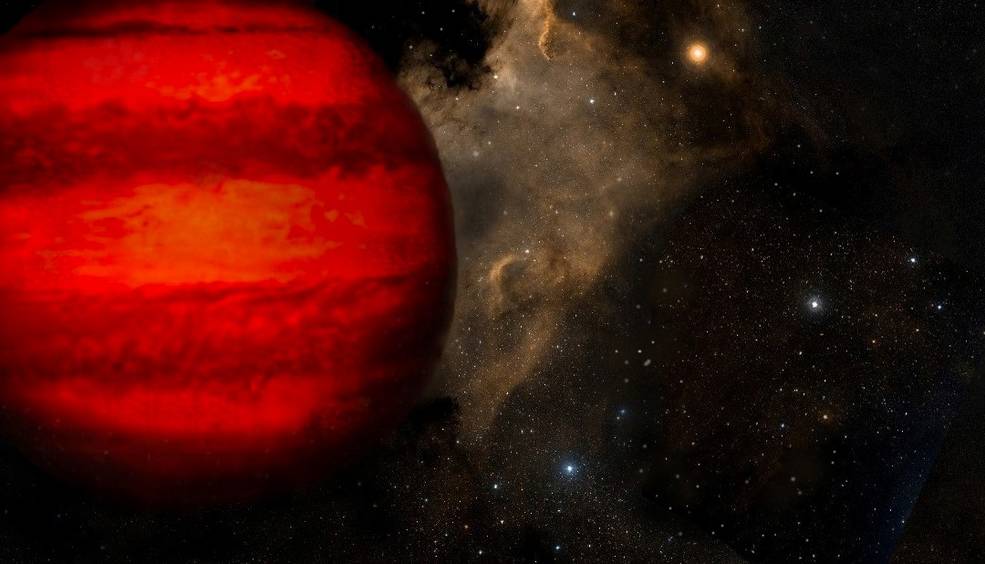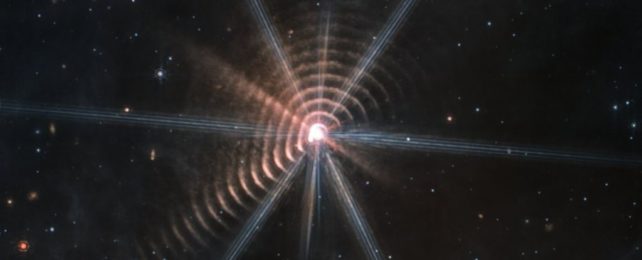Scientists have discovered two of the most distant galaxies ever observed with the help of a galaxy cluster that bends the fabric of space-time like looking through a magnifying glass. According to Space.com, the team of astronomers at Penn State used NASA’s James Webb Space Telescope to search for distant galaxies hiding behind the Pandora Cluster (or Abell 2744), a group of galaxies located 3.5 billion light-years away.
The massive mass of galaxies in the Pandora Cluster creates a cosmic visual effect called gravitational lensing, which distorts the fabric of space-time to magnify the light beyond, Penn State says in a press release about the team’s findings.
Using this natural magnification, the researchers were able to detect two never-before-seen galaxies behind the megacluster 33 billion light-years from Earth. So far, only three other galaxies have been detected so far away, but these two galaxies are much larger, the research team says.
Because of their unique shape
These two distant galaxies are also special because of their unique shape. Most distant galaxies look like a dot, but one of them resembles a “peanut” and the other a “fluffy ball”, the team says.
Scientists aren’t exactly sure how galaxies can take on different shapes, even though they are made of similar materials. “The light from these galaxies is very old, about three times older than Earth,” says Joel Leja, a member of the Penn State research team:
“These early galaxies are like beacons, shining through the very thin hydrogen gas that made up the early universe. Only through their light can we begin to understand the exotic physics that governed the galaxy near the cosmic dawn.”





